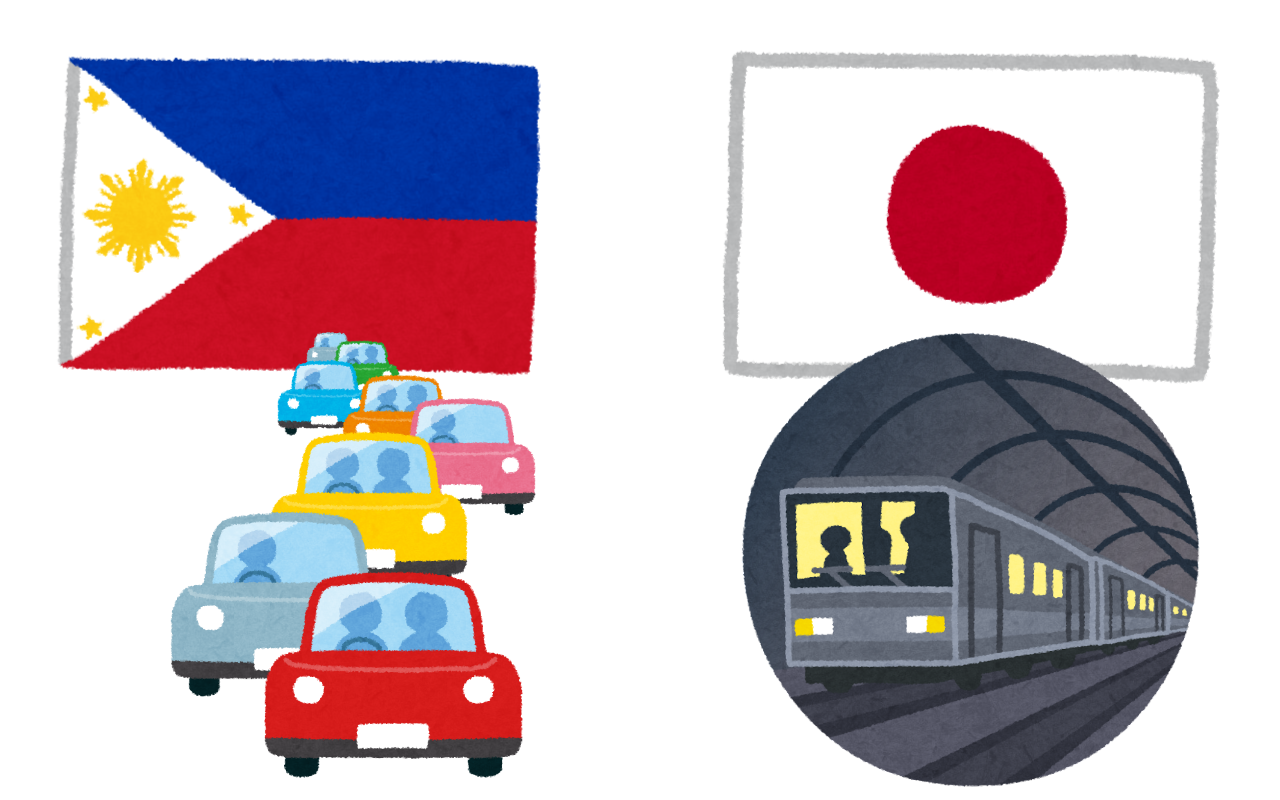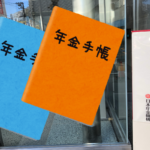
Every large city in Southeast Asia has been plagued by traffic jams.
I remember that traffic jams in Bangkok and Jakarta were terrible.
But since the elevated railroads and subways were built, traffic jams have disappeared.
Railroads are more efficient because they can carry more people at once, and they produce no exhaust emissions, so the air is cleaner.
Metropolitan Manila also has a railroad system, but there are still only a few routes, and the system has had problems in terms of maintenance and operation, which Filipinos are not known for. For a time, a Korean company was entrusted with this task, but it was not well-received, and the number of problems seems to have decreased since the company was replaced by a Japanese firm.
The construction of a subway system has begun in Manila. Under President Duterte's "build, build, build" policy, infrastructure construction has been carried out in the Philippines, and one of the main features is the construction of the first subway in the Philippines in Metro Manila.
On June 12, the lowering ceremony of the excavator for the subway tunnel brought from Japan was held in the presence of President Duterte and Japanese Ambassador Koshikawa.
The subway construction will be led by a Japanese company. The subway cars will be made in Japan, and Tokyo Metro will provide operational support.
It is expected to be completed in 2028, with 27 km and 15 stations.
Infrastructure development will continue to be important for the Philippines as it continues to grow, and yesterday, June 13, Asian Development Bank President Asakawa (it is customary for the president of the Asian Development Bank to be a Japanese national) met with President-elect Marcos and promised to continue to support infrastructure development.
Although there are no plans to build a railroad in Cebu, a fourth bridge and highway connecting Mactan Island and Cebu Island are under construction. The development of infrastructure not only makes daily life more convenient, but also makes the country more resilient to disasters, which is a welcome development for Japanese immigrants to Cebu.









